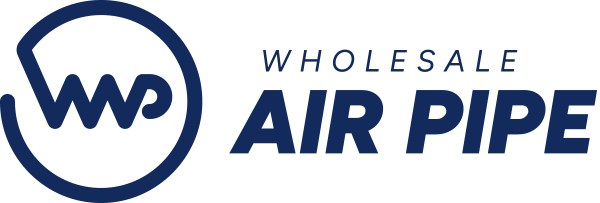10 Questions to Ask when Choosing a Temperature Controller
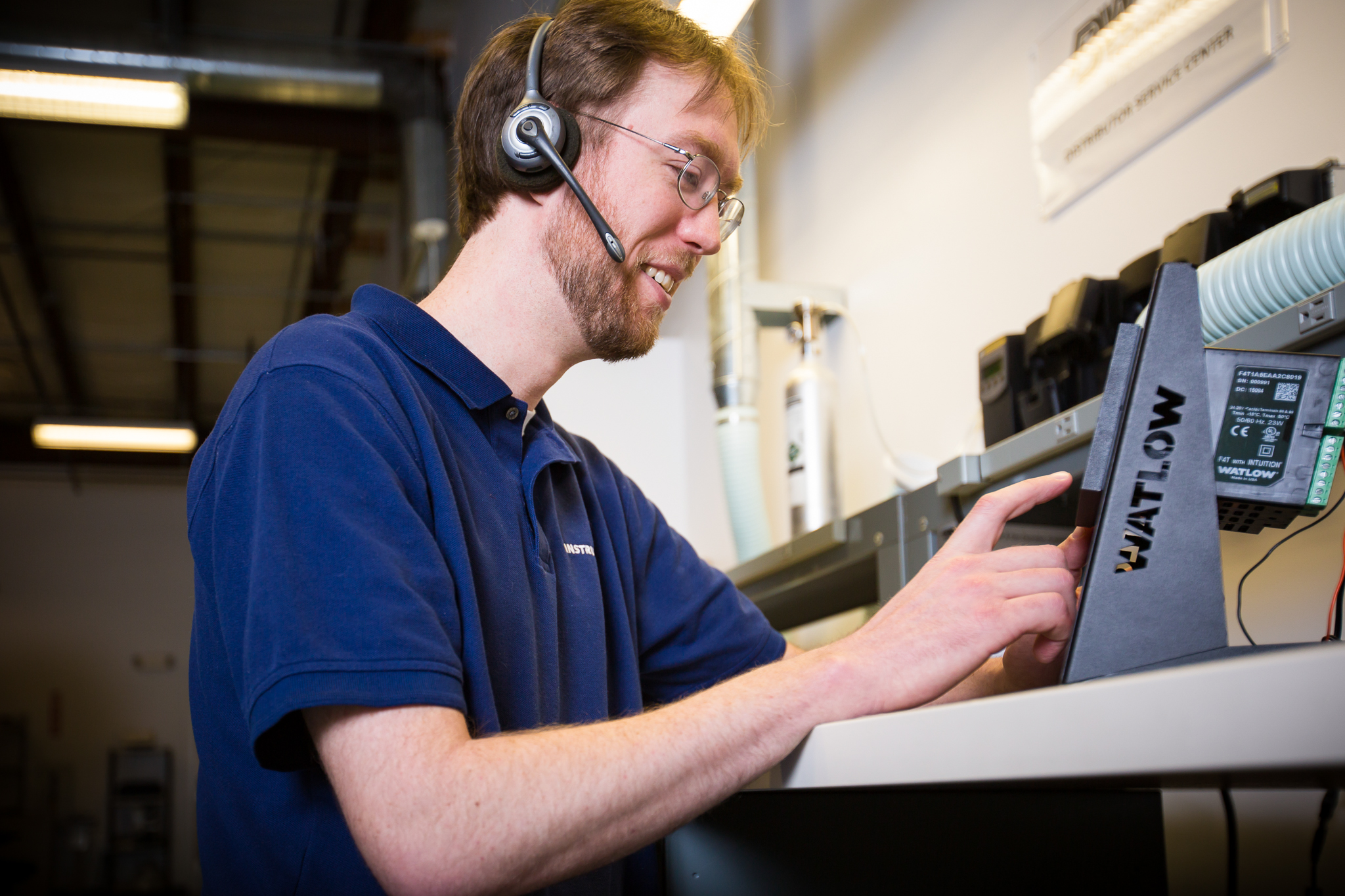
From kilns to coffee roasting to cryogenics, temperature controllers fit a wide range of applications and are available in what seems like an endless variety of configurations. In this blog post, we will walk you through the top ten questions to ask when looking for a temperature controller. If you’re new to the temperature control scene, we suggest you start with our Temperature Controller Basics Handbook, which is linked within this post and dives into many of these questions in much greater detail.
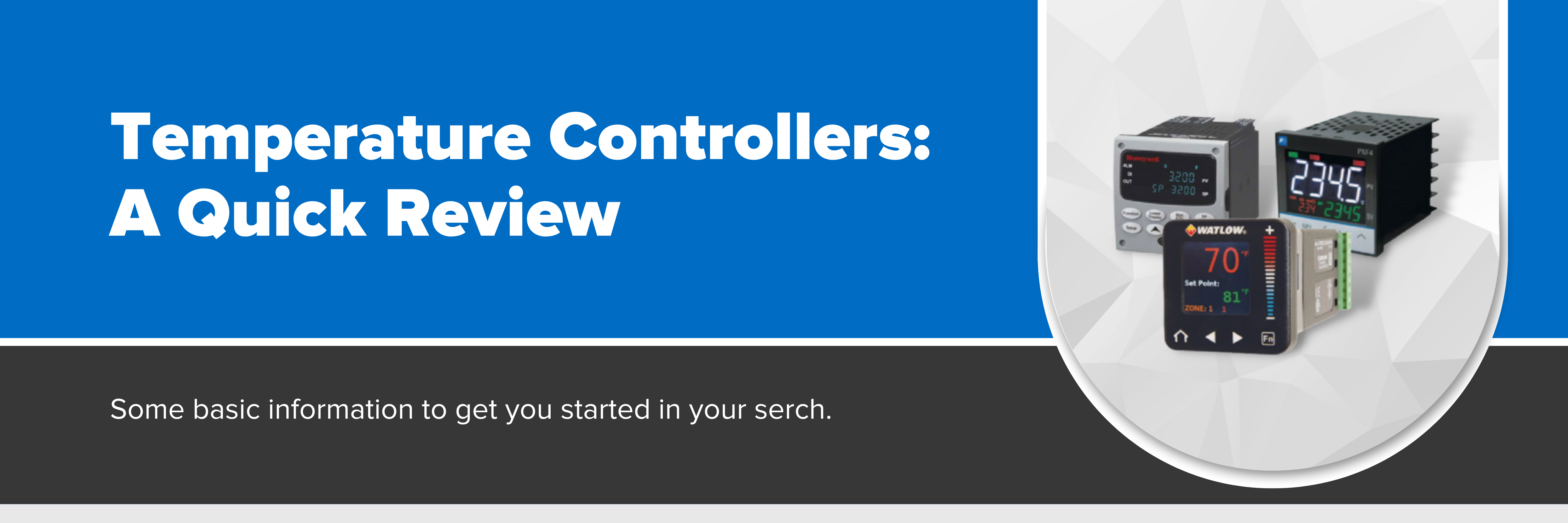
Temperature Controllers: A Quick Review
First things first, let’s take a closer look at the basic types and functions of a temperature controller. Generally speaking, temperature controllers are used in applications that require temperature to be regulated at a specific target, also known as setpoint. When the sensed temperature becomes higher or lower than the setpoint, temperature controllers send an output signal to turn on the necessary heating or cooling elements being used in the application, which then regulate the temperature back to the desired setpoint.
Temperature controllers can be divided into two types: closed-loop and open-loop. You can read more about each type in our Temperature Controller Basics Handbook, but for the purpose of this general overview, open-loop controllers apply to continuous heating/cooling, and closed-loop controllers are used for a setpoint that is constantly being measured and then adjusted to maintain a setpoint.
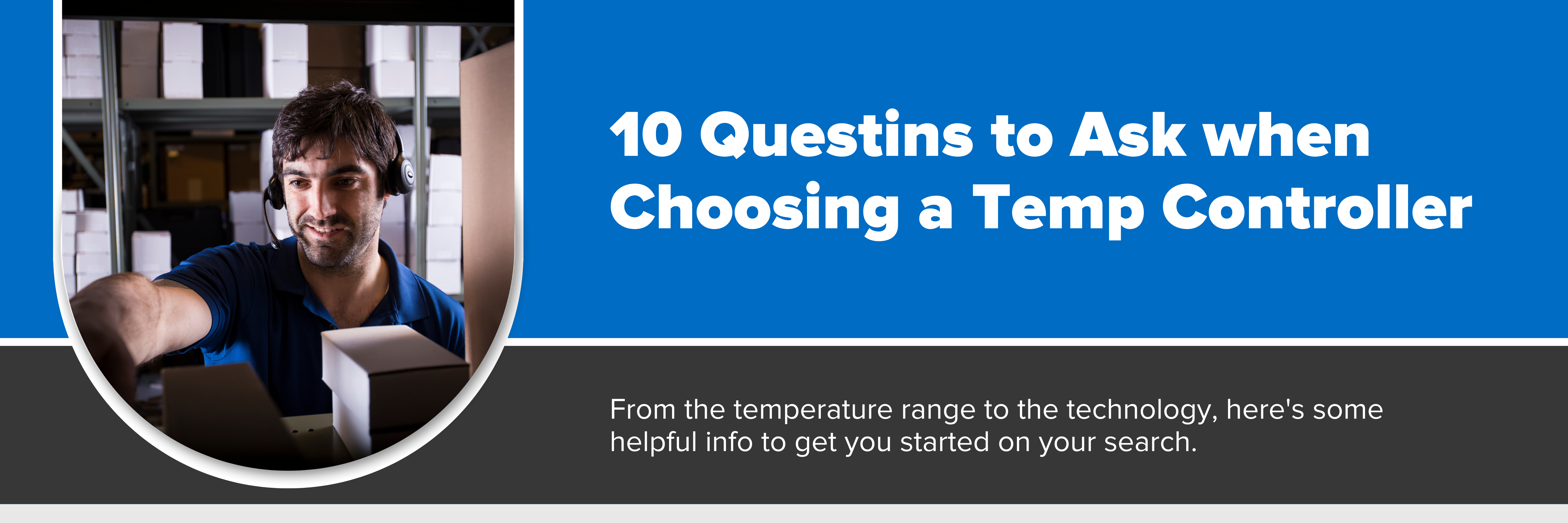
10 Questions to Ask When Choosing a Temperature Controller
Now that we’ve covered the very basics of temperature controllers, let’s walk through the top ten pieces of information you should consider when choosing a controller for your specific application.
1. What temperature range is required?
In both heating and/or cooling applications, it is helpful to first determine the setpoint required, as well as the temperature range parameters required by the controller.
2. What type of control action is needed?
This is where it gets interesting. With the myriad choices of controllers on the market, the options can be overwhelming. Here is a short list and even shorter description of the available control options for temperature controllers:
- PID Control: Also known as “proportional, integral, derivative” this type of controller uses process feedback to determine how to maintain temperature.
- On-Off Control: Common in analog controllers, this option is as simple as it seems. These controllers are often more basic and used in simplified, direct heat/cool applications.
- Profile Control/Rate of Ramp: These temperature controllers are most often referred to as “ramp-soak”. This function allows you to program a setpoint change (ramp) as well as the duration of time the setpoint is held (soak). The programming feature of these controllers allows you hands-free control until the scheduled programming needs to be updated or adjusted.
- High-Performance Control: Often high power and high speed, these high-performance controllers offer quick input sampling rates, an extensive number of input and output points, and enhanced math functions which makes them reliable and versatile across many applications.
- Multi-Loop Control: This style of controller is designed to accept more than one input variable and is configured via desktop software. The configuration is then downloaded to the controller via many communication interface options such as: Ethernet, DeviceNet, CanOPEN, and MODBUS variations. This type of controller often does not have its own display, as all of the programming is done on external software.
- Limit Devices: In a sense, a limit controller is a form of protection for your process. Often working alongside an existing loop, limit controllers are used to shut power down to a process when the high or low limit setpoints have been exceeded for safety purposes.
3. What power supply is available to power the controller?
Common options include 12-24 VDC or 100-240 VAC.
4. What amperage and voltage is required for the load?
The load is the heater or the cooling device. The controller may be able to switch this load directly, or it may require an external device (like an SSR) to be a slave to the controller and do the heavy lifting. Knowing the voltage and amperage of the load will help to make the proper selection of the controller’s output.
5. What type and number of outputs are needed to control load or load handling devices?
In addition to inputs, every controller also has an output. Each output can be used to do several things including control a process (such as turning on a heating or cooling source), initiate an alarm, or to retransmit the process value to a programmable logic controller (PLC) or recorder.
6. What size controller is required?
Whether it’s 1/4, 1/8, 1/16, 1/32 or another size, there is probably a temperature control to match. To see a DIN comparison chart showing millimeters to inches, click here.
7. Are there any mounting requirements for the controller?
You’ll want to consider the environment that your controller(s) will be mounted in and whether or not that environment requires no display, a basic display, or a full touchscreen display, etc.
8. What are the environmental conditions the controller will be exposed to?
Temperature controllers are available in many shapes, sizes and technology options and offer various options for dusty or hazardous environments. For example, if you’re looking to mount your controller and control it remotely, the Watlow PM Plus might be a great option with its Bluetooth functionality. In addition, there are many agency approvals to choose from such as: UL, CE, CSA, RoHS, FM, or cUL. You can sort by agency approval filters on our temperature controllers page. The type of approval depends on the country in which the controller will be used.
9. Are any auxiliary functions required such as communications, remote setpoint, retransmission, etc.?
When it comes to your application, what other information needs to be controlled or communicated? Retransmission allows information to be sent to a programmable logic controller (PLC). Having a remote setpoint can be an advantage when you need to adjust the setpoint from another device (such as a PLC). Another auxiliary function worth mentioning is a digital input, where a digital signal is sent to the controller from another device (like a PLC or even a push button) which then activates a feature/function in the controller.
10. What type of input is provided by the sensors? Does your application require a sensor break detection?
Depending on the type of controlled process, the type of input signal and sensor required will vary. Common input sensors used for temperature control include linear millivolt, volt or milliamp inputs, as well as resistive thermal devices, known as RTDs. Additionally, many controllers are set up to detect when an input sensor fails. This feature, known as a sensor break detect, will stop your process as soon as the failure is detected.
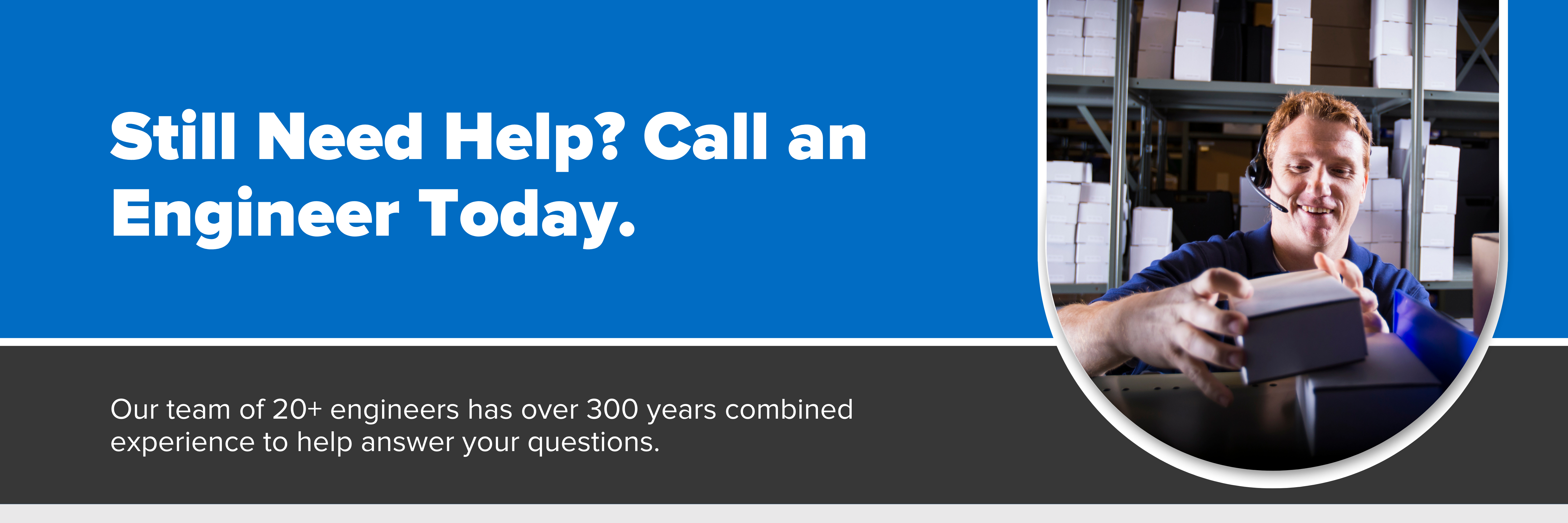
Still Need Help? Call an Engineer Today
In summary, the options for choosing a temperature controller can seem endless. We have created this post to help walk you through some of the more important pieces of information to consider when choosing a controller for your application. If this post still leaves you wondering what type of industrial instrumentation would work best for your application, our engineers would be happy to help you. Give them a call at 1-800-884-4967. Or, you can shop for a wide range of industrial instrumentation from top brands and even configure your product online. We offer free lifetime tech support with every product sold.









